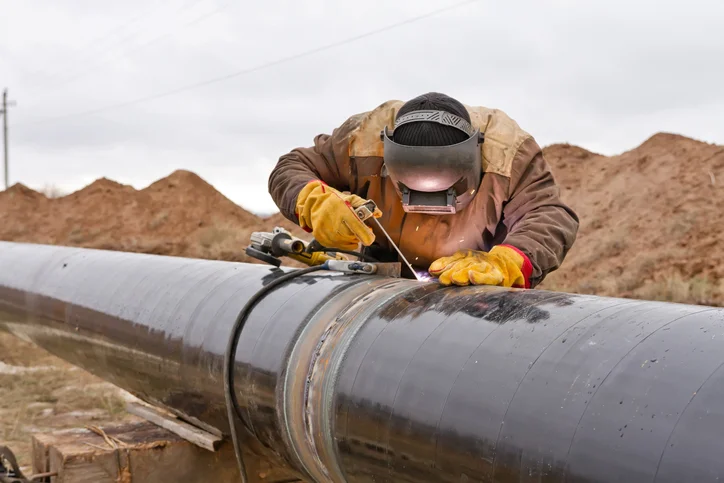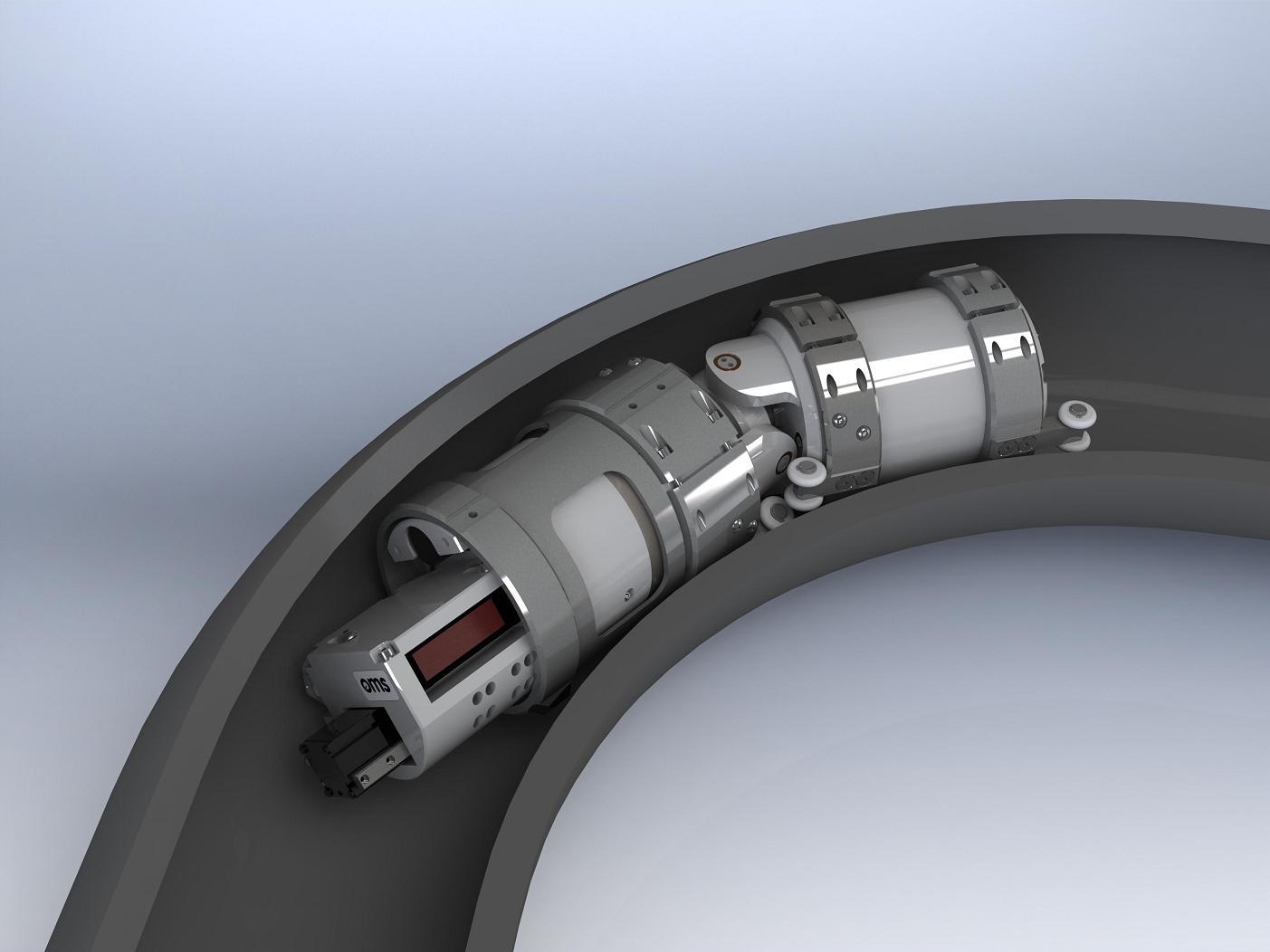Shield Your Investment: Thorough Pipeline Welding Inspection for Satisfaction
Shield Your Investment: Thorough Pipeline Welding Inspection for Satisfaction
Blog Article
Comprehensive Review of Pipeline Welding Evaluation Procedures
Pipeline welding assessment procedures play an important role in ensuring that bonded links satisfy rigid market criteria and specs. From careful pre-welding examinations to comprehensive post-weld analyses, a distinct examination procedure is essential for keeping the structural strength of pipelines.
Pre-welding Evaluation Preparations
Before starting the welding process, detailed pre-welding inspection preparations are necessary to make certain the honesty and high quality of the weld joint. These preparations entail a meticulous exam of the products to be bonded, the welding devices, and the work environment. By carrying out extensive pre-welding examination preparations, possible issues can be determined and resolved early on, leading to trustworthy and top notch weld joints.
Welding Treatment Certification
Detailed pre-welding evaluation preparations lay the structure for the critical process of Welding Treatment Certification, making certain the stability and high quality of the weld joint. Welding Treatment Certification (WPQ) is an important action in the welding process that involves screening and accrediting welding procedures to assure they meet details standards and needs. The WPQ procedure typically includes welding treatment spec advancement, welding procedure certification testing, and documents of the results.
Throughout welding treatment spec growth, vital details such as the welding procedure, welding materials, joint style, and welding parameters are specified to create a detailed procedure. Subsequently, welding treatment certification testing is carried out to verify the suggested procedure's stability. This testing often involves welding examination discount coupons that undergo numerous mechanical and non-destructive tests to examine the weld's quality and adherence to the defined standards.
In-process Weld Assessment
Throughout the welding procedure, in-process weld inspection plays an important role in making sure the quality and integrity of the weld joint - Pipeline Welding Inspection. This sort of evaluation entails keeping track of the welding criteria, evaluating the weld bead formation, and detecting any potential flaws or discontinuities as they take place. By carrying out in-process weld inspections, welding drivers can immediately address any issues that might occur, therefore avoiding additional problems and making sure that the final weld fulfills the needed requirements
Common approaches used for in-process weld evaluation include aesthetic examination, liquid penetrant testing, magnetic particle screening, ultrasonic screening, and radiographic testing. Visual evaluation is often the primary step at the same time, enabling assessors to visually evaluate the weld for surface irregularities such as cracks, porosity, or insufficient blend. A lot more advanced techniques like ultrasonic testing and radiographic screening offer in-depth understandings into the internal structure of the weld, making sure that there are no covert flaws that can jeopardize the weld joint's strength and stability. On the whole, in-process weld examination is essential for keeping the top quality and integrity of bonded pipelines.
Non-destructive Screening (NDT)
Non-destructive Testing (NDT) is a critical approach utilized in pipe welding examination to examine the honesty of weld joints without triggering damage to the welded framework. By using numerous NDT methods, inspectors can assess the quality of welds and determine any type investigate this site of issues or stoppages that may jeopardize the structural sturdiness of the pipe. Common NDT techniques utilized in pipeline welding examination include Radiographic Testing (RT), Ultrasonic Testing (UT), Magnetic Fragment Evaluating (MPT), Fluid Penetrant Testing (LPT), and Visual Testing (VT)
RT includes the use of X-rays or gamma rays to generate images of the internal structure of the weld, allowing examiners to find flaws such as porosity, splits, or insufficient blend. In addition, VT involves aesthetic examination of welds to recognize any visible flaws.
Post-weld Evaluation and Documents


Documents of post-weld assessment findings is essential for maintaining quality assurance records and ensuring compliance with industry criteria and regulations. Comprehensive records should consist of details regarding the examination techniques used, the place and nature of any type of problems found, and any kind of corrective activities taken - Pipeline Welding Inspection. Appropriate documentation not just serves as a record of the weld's high quality but additionally help in future upkeep and assessment processes
Verdict

In verdict, pipe welding inspection procedures play an important duty in making certain the quality and honesty of welds. On the whole, adherence to proper evaluation protocols is Our site crucial to the success of pipe welding projects.
From meticulous pre-welding examinations to thorough post-weld click assessments, a well-defined assessment process is important for preserving the architectural soundness of pipes. By performing in-process weld assessments, welding drivers can without delay attend to any concerns that may arise, thus protecting against further defects and making sure that the last weld fulfills the called for specs.
Typical methods made use of for in-process weld evaluation include visual assessment, liquid penetrant testing, magnetic fragment screening, ultrasonic screening, and radiographic screening.Non-destructive Testing (NDT) is a critical method employed in pipeline welding examination to examine the honesty of weld joints without causing damages to the welded framework. Post-weld examination includes different techniques to analyze the welds for defects, including aesthetic inspection, dye penetrant screening, magnetic particle testing, ultrasonic testing, and radiographic screening.
Report this page